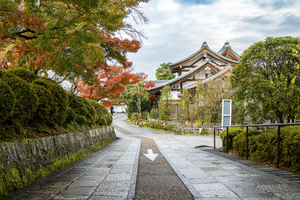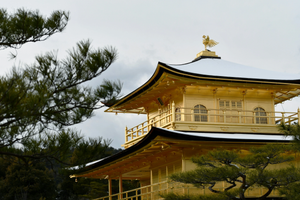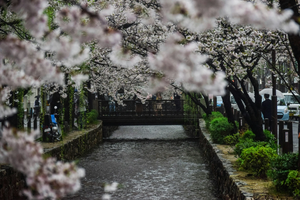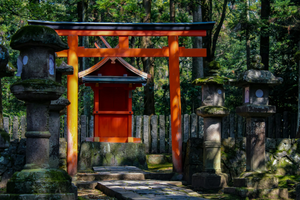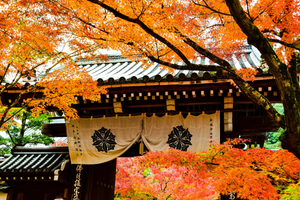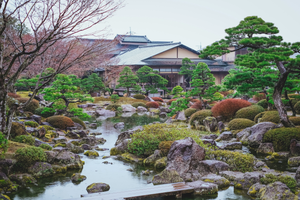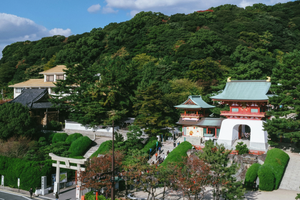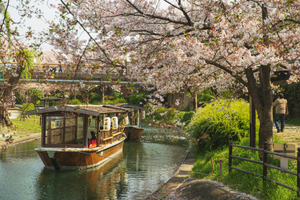Savoring the Seasons: Language and Food Pairings in Kyoto
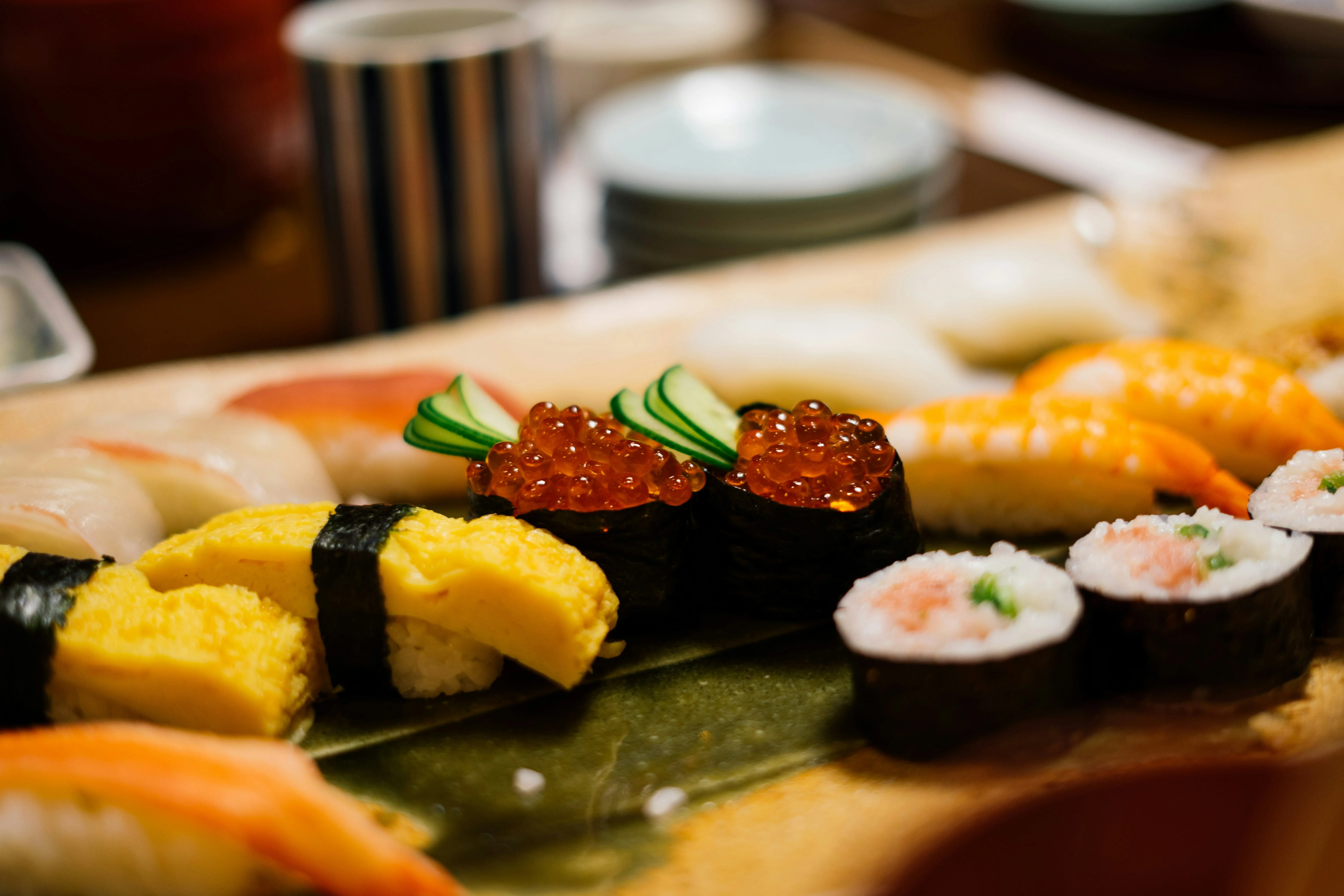
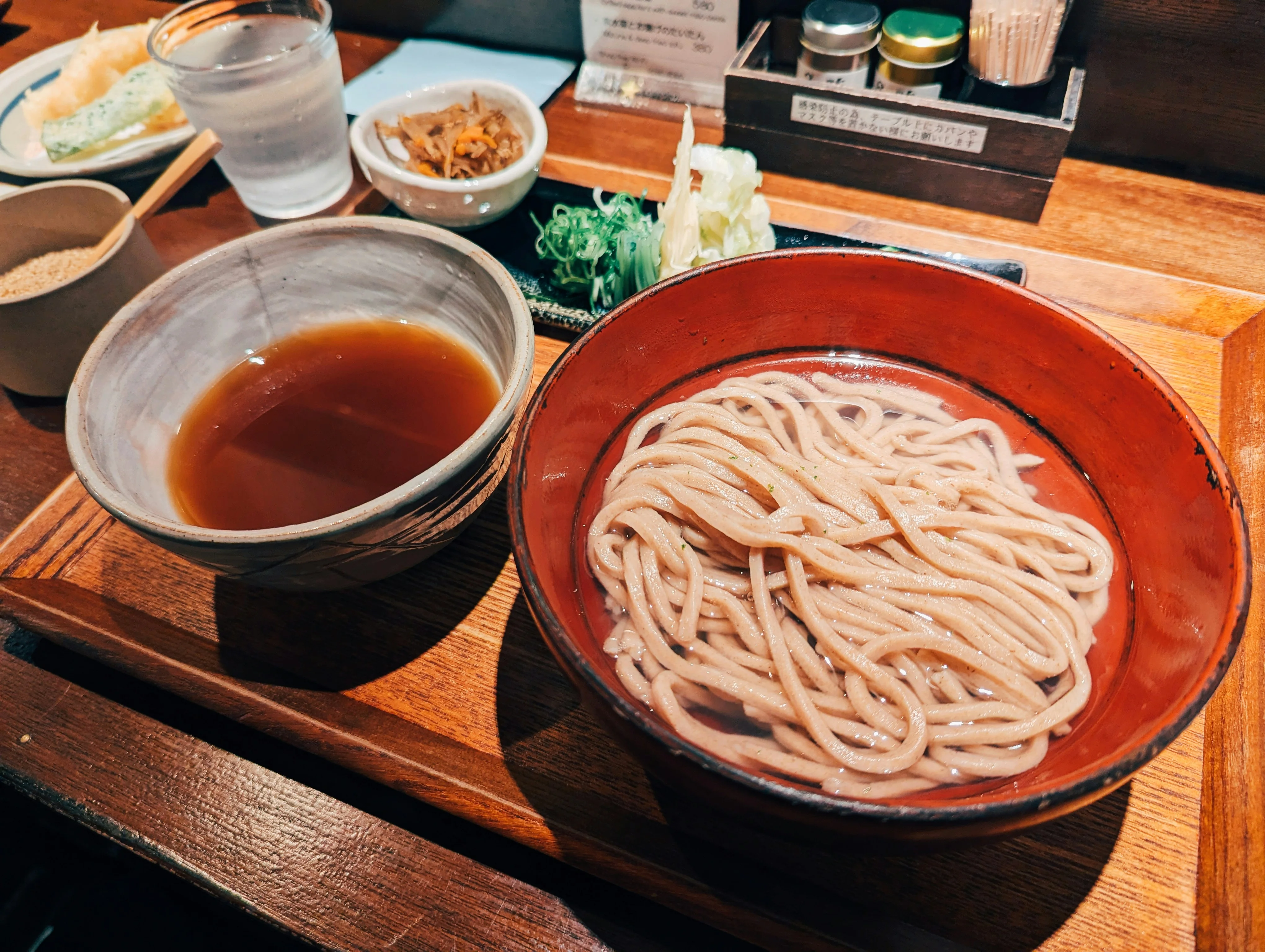
The Essence of Kyoto's Culinary Seasons
Kyoto's cuisine, or Kyo-kaiseki, is deeply rooted in shun—the idea of enjoying foods at the peak of their flavors. This philosophy shapes not only what is eaten but how it is expressed and understood. Each dish becomes a whisper of the season it represents, a flavor that communicates the fleeting beauty of nature.
Spring: A Celebration of Renewal
As cherry blossoms paint the city in pink hues, Kyoto's chefs embrace ingredients like bamboo shoots, sansai (mountain vegetables), and sakura-themed dishes. Spring symbolizes renewal and hope, themes captured in the delicate presentations and subtle flavors of the season. Haru no miyage (春のみやげ) translates to "spring's gift," celebrating nature's abundance during this time.
Summer: The Dance of Coolness
Kyoto's heat can be sweltering, yet its culinary offerings provide refreshment and relief. The focus shifts to cooling foods, such as hamo (pike eel), cucumbers, and tofu. Dishes are seasoned lightly to offer respite from the heat. The language shifts too, with terms like ryokuchu ryouri (緑中料理) meaning "cool green food," symbolizing a connection to soothing, vibrant ingredients that invite diners to relish summer's embrace.
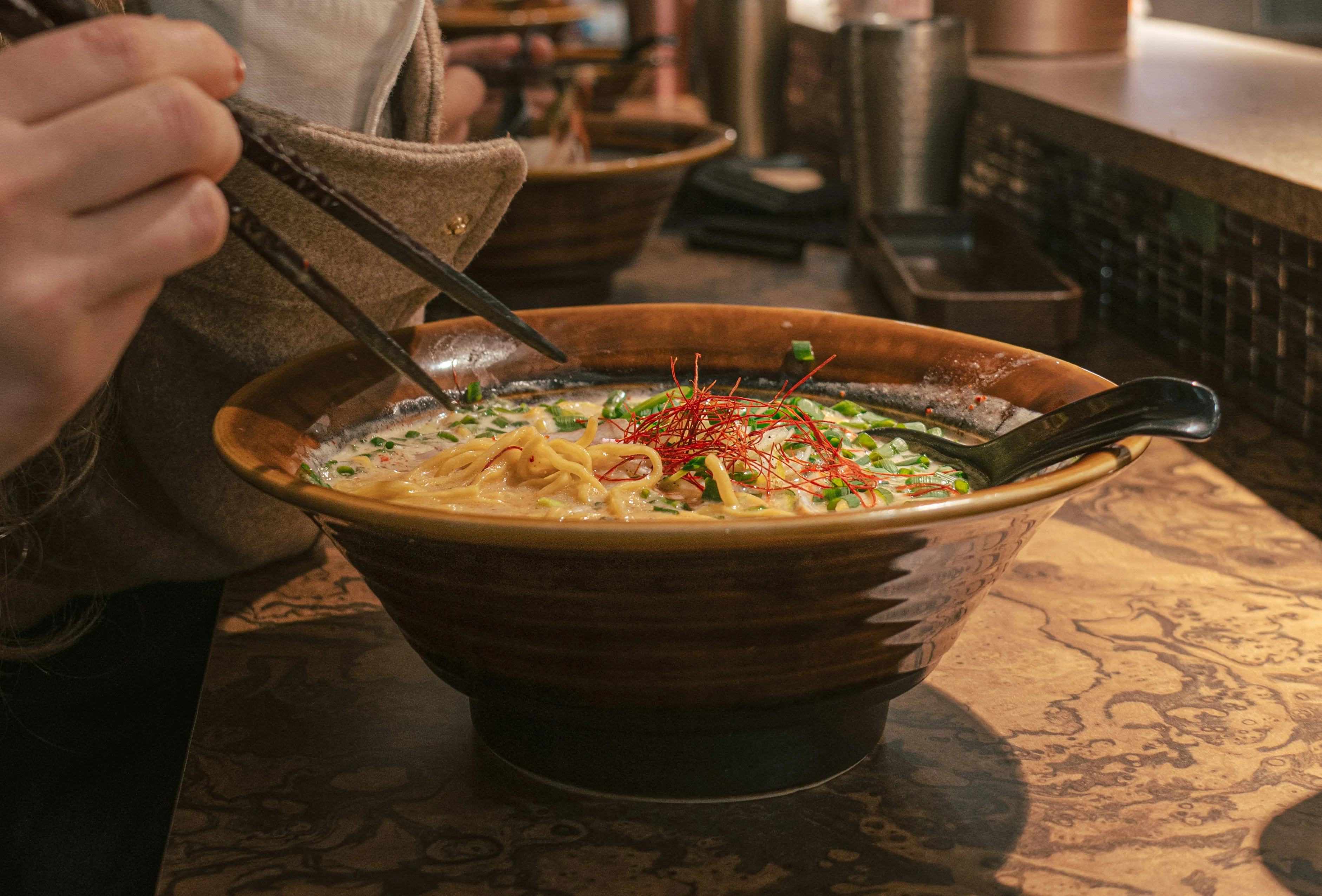
Autumn: A Palette of Warmth
When the leaves turn golden and crimson, Kyoto's tables reflect autumn's grandeur. Kabocha (pumpkin), persimmons, and matsutake mushrooms create a symphony of rich flavors. The concept of aki no mikaku (秋の味覚), or "the taste of autumn," evokes warmth and nostalgia, a reminder of the harvest's bounty and the cozy evenings ahead. This season's lexicon encapsulates nature's vivid transformation—from the light and airy words of spring to the deep, earthy tongue of autumn.
Winter: A Season of Simplicity
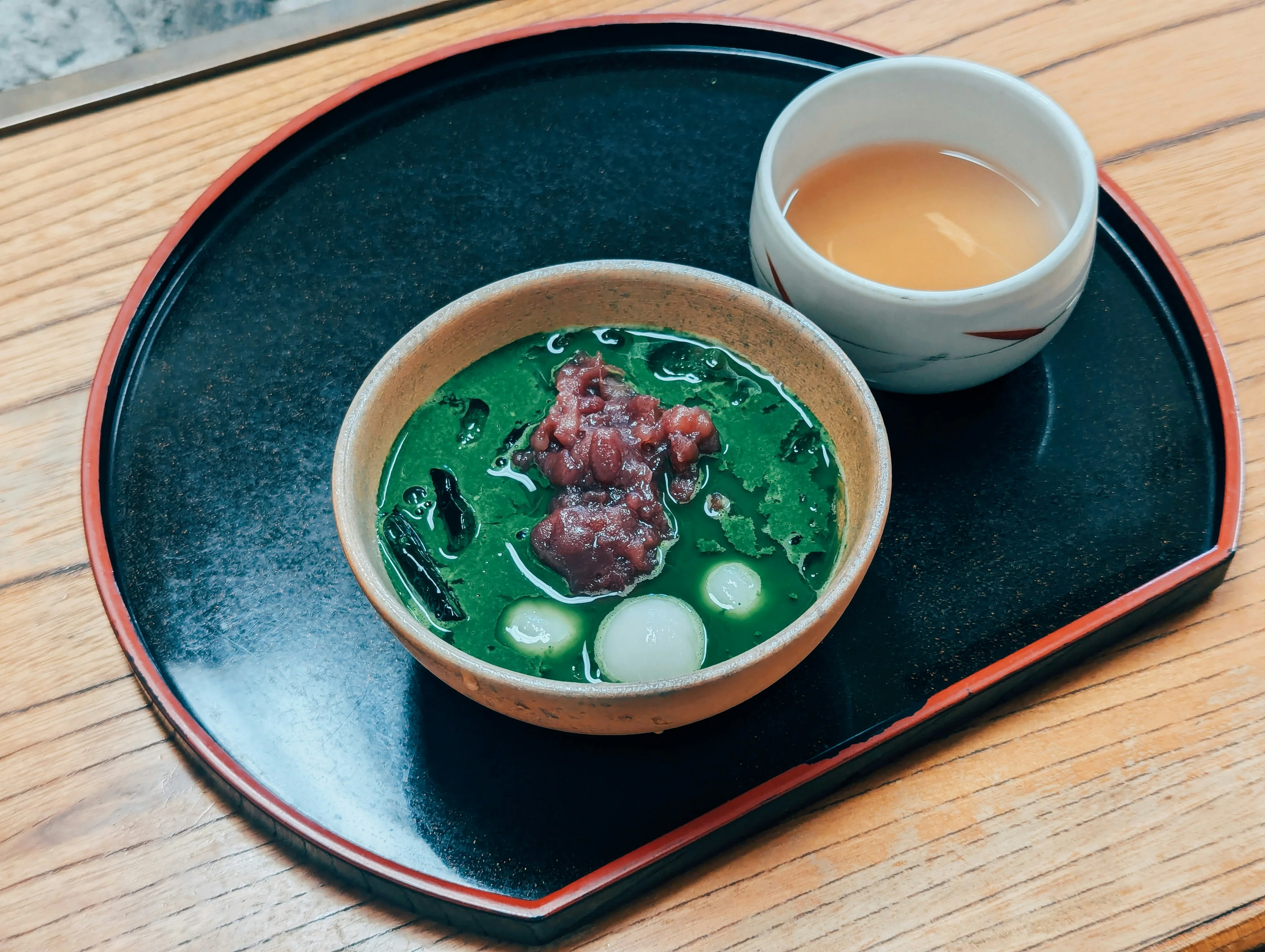
The Spiritual Journey Through Cuisine
For those seeking more than just culinary satisfaction, Kyoto offers a journey that is spiritual and profound. Food here is not just sustenance but a medium of communication and connection. The language-food relationship extends an invitation to discover the deeper symbiotic dance between tradition and innovation—where modernity interprets the traditional but never discards its roots.
Kyoto's culinary narrative whispers of seasons past and the impermanence of life, drawing parallels to Buddhist philosophies that are the bedrock of the city's cultural identity. Experiencing this fusion of food and spirituality enriches the pilgrim's journey, arousing a sensory connection with Kyoto's rhythm.
Conclusion: A Timeless Invitation
Kyoto remains a timeless invitation to savor not just food, but language, culture, and life itself. As you wander through its streets, let each meal be a dialogue with the seasons, a conversation that honors the earth and its gifts. Kyoto is not merely a destination for the gastronome; it is a sanctuary for those who seek to imbibe wisdom through gustatory wonder.
The symphony of Kyoto's seasons awaits to be tasted and understood, an eternal reminder of the city's understated yet profound charm. Savor this journey of exploration and reflection as you unlock the secrets of how language and food, together, craft a narrative that is both ephemeral and everlasting.
